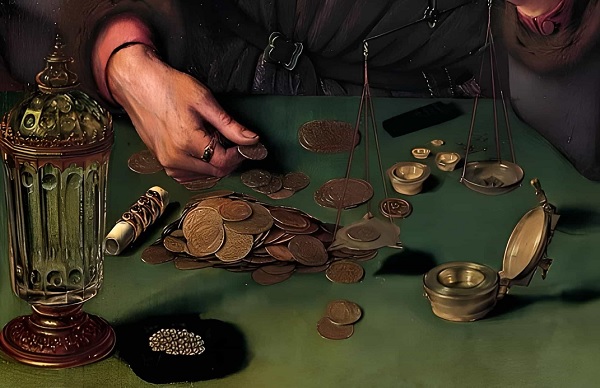
A stroll down the historical lane of money unveils a captivating narrative that mirrors the development of human societies and their evolving economic needs. In the earliest days of human interaction, people engaged in a barter system, exchanging goods and services directly. However, the barter system proved cumbersome due to the lack of a standardized medium of exchange and the necessity of finding mutual needs for transactions to occur.
As societies progressed, the concept of commodity money emerged. Precious metals, such as gold and silver, gained prominence as they possessed intrinsic value, durability, divisibility, and portability – making them ideal mediums for trade. Ancient civilizations like the Lydians, Greeks, and Romans began minting metal coins, stamped with marks to authenticate their value, thus creating a standardized currency that facilitated trade and commerce.
The evolution continued with the emergence of paper money during the Tang and Song dynasties in China. Governments and merchants issued promissory notes that could be exchanged for commodities, introducing the notion of representative money. This form of currency, backed by a promise of value, marked a significant departure from physical coins.
In Europe during the 17th to 19th centuries, banks started issuing banknotes, introducing the concept of fiduciary money. These notes were initially backed by deposits of precious metals held by the banks, providing a more convenient means of transaction and reducing the need for physical coins.
The 19th century witnessed the establishment of the gold standard in many countries, where the value of a country's currency was directly tied to a specific quantity of gold. This standard provided stability to exchange rates but had limitations during economic downturns as the money supply was constrained by the available gold reserves.
The mid-20th century marked a shift with the Bretton Woods Agreement, creating a new international monetary system. The U.S. dollar was pegged to gold, and other major currencies were pegged to the U.S. dollar. However, this system collapsed in 1971 when the U.S. suspended the convertibility of the dollar to gold, leading to the abandonment of the gold standard.
The post-1971 era introduced fiat money, not backed by a physical commodity but deriving its value from the trust and confidence of the people. This era also witnessed the rise of digital and electronic forms of money, transforming financial transactions and paving the way for innovations like cryptocurrencies.
In the 21st century, cryptocurrencies, such as Bitcoin, have emerged, introducing decentralized digital currencies based on blockchain technology. This ongoing journey through the evolution of money illustrates the adaptability of human societies to meet the dynamic needs of trade and commerce, underscoring the continuous development of currency systems throughout history.
